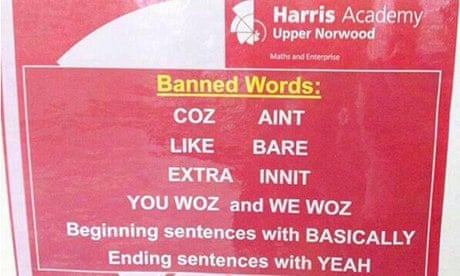The following rules come from the NASA Style Guide. I find this style guide to have great tips. I generally agree with everything they say, for now. Memorize some of this. There will be a test below in due course.
Numerals:
***Whole numbers from one through nine:
Write these out, including ordinals like "fourth" and "seventh."
 ***Numbers starting at 10:
***Numbers starting at 10:
Use numerals unless it's a large round number and it seems appropriate to write it out, as in "one in ten thousand."
In numbers of four or more digits, use commas between groups of three digits, counting from the right:
Measurements (distance, weight, mass, clock time, force, volume, etc.):
Use numerals (35 kilometers, 10 grams, etc.). "Clock time" means units of hours or smaller. Use numerals for hours and smaller. Use words for days, months, and years under 10.
Examples: 4 minutes, 3 hours, two days, seven months, nine years.
Actual years:
Use numerals (e.g., 1995, 2004) In the case of years, no commas are used.
Page numbers
Use numerals (e.g., pp. 972-1003). In the case of page numbers, no commas are used.
Consistency within a sentence:
If you have several numbers relating to the same thing in the same sentence and at least one of them is big enough to be written in numerals, then all of them will be in numerals. Example: "There are 8 students in the philosophy department, 13 in the classics department, and 117 in the romance languages department."
At the beginning of a sentence or title:
Write out any number that begins a sentence or title. Example: "One hundred twenty-eight students visited Kennedy Space Center."




